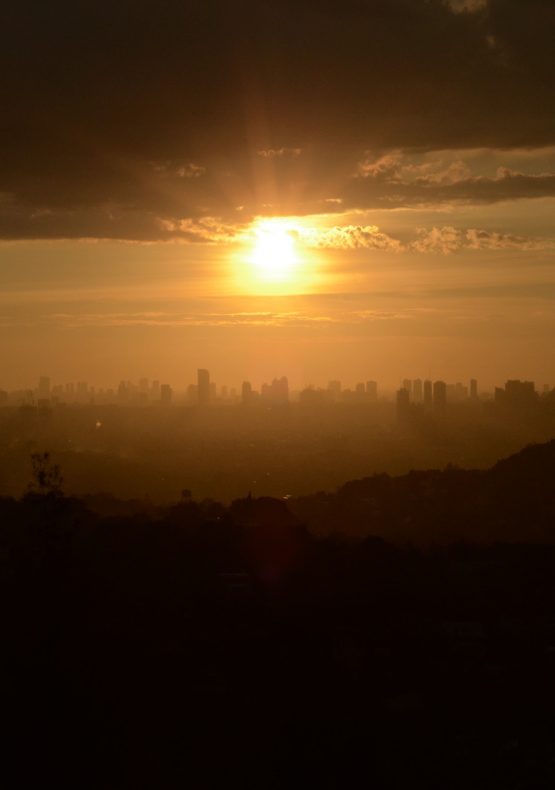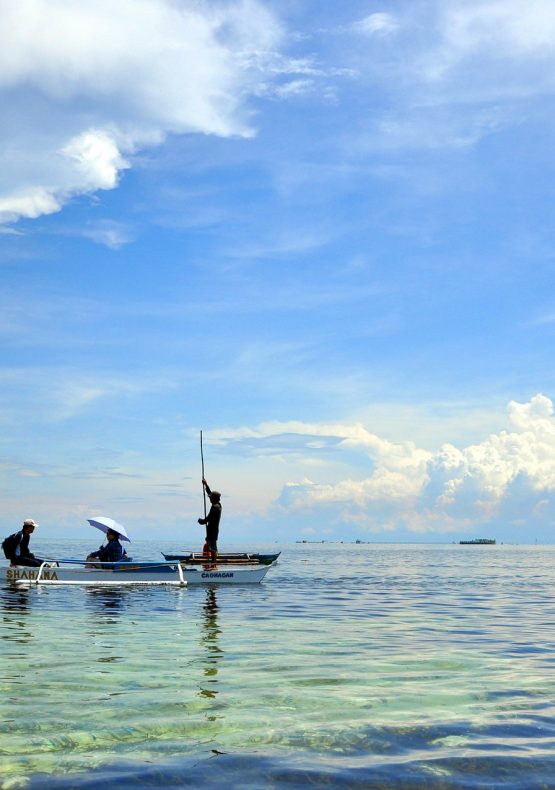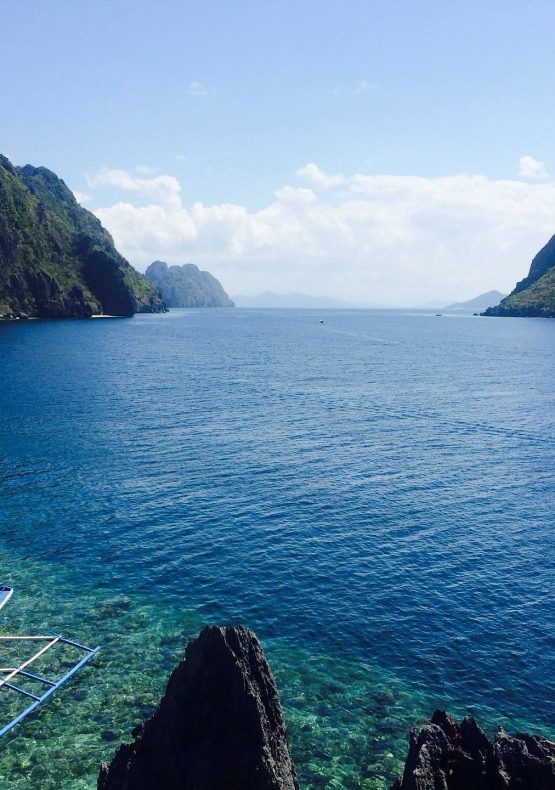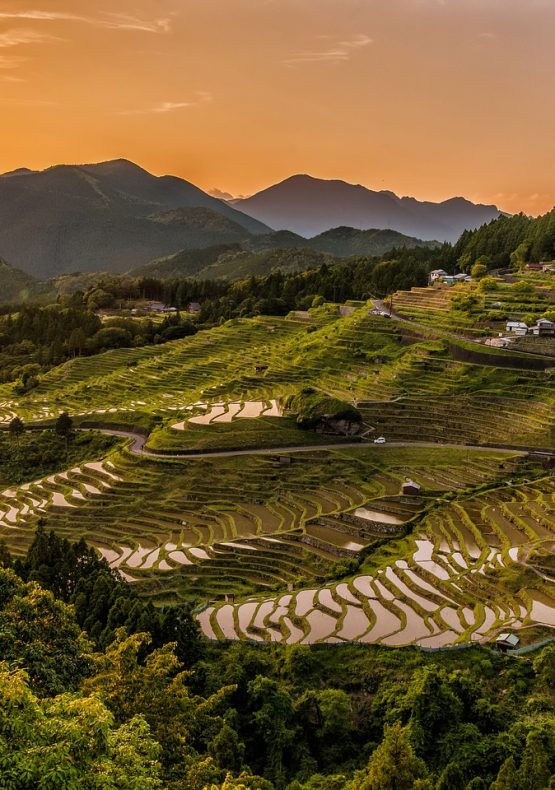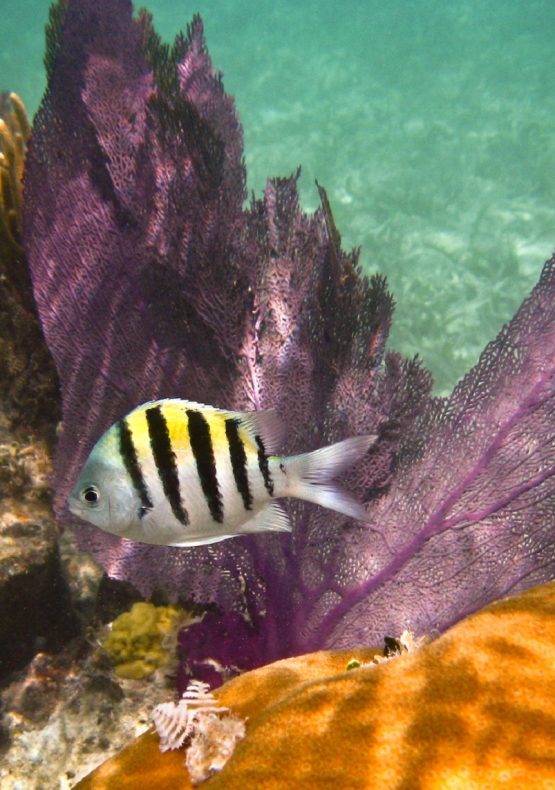Destination highlights
Manila is a beautiful coastal city, the capital of the Philippines, the second largest city in that country. It is located on the east coast of Manila Bay, in Luzon, next to the Pasig River, the largest and northernmost island of the archipelago. This important city has many places of interest for the traveler, having as an additional advantage the languages spoken in the area, Filipino and English and its currency is the Philippine peso.
The city of Manila is a very interesting place due to the facts that determined its history, which can be demonstrated by its culture and traditions, remembering that this country was a Spanish, British and American colony. Historical facts that determined the characteristics of its people and that are translated today in different passages of their cities, although with more force in Manila, main city of the Philippines.
[vidprofits id=”66″]
Travel tips
From the outside, you can get to Manila by air through the Ninoi Aquino International Airport, which has 4 terminals and receives a large number of transport units from several Asian, American and Oceanian cities, highlighting Philippine Airlines, Emirates, Cebu Pacific, American, EVA Air, Cathay Pacific, COPA and ANA, among others. It is located 12 kilometers southeast of the capital, in the district of Paranaque. The duration of flights between European cities and Manila is approximately 16 hours according to the stopovers, between North America and the Philippine capital is about 13 hours, and between Australia and Manila is 7 hours. If the traveler comes from Southeast Asia, the duration of the flights can be between 2 and 5 hours depending on where it comes from.
The journey time from the airport to the center of the capital can change according to the time of day and takes about two hours. The best time to visit Manila is between November and February, when tropical temperatures and heavy rains have passed. One of the touristic enclaves of the capital is Intramuros, a popular walled and restored area that clearly combines this fusion of classic and modern. Manila breathes colonial past. The intramuros of the capital allow visitors to delve into the Spanish past of the country and stroll through a walled city dating from 1571. Full of craft shops and large interior courtyards, the area offers a respite from the chaos of vehicles and passers-by in Manila.
The Fort of Santiago is a citadel built by the Spanish conquistador, Miguel López de Legazpi for the city of Manila, in the Philippines. The defense fortress is part of intramural, it is one of the most important historical sites in Manila. Several people lost their lives in prisons during the Spanish colonial period and in World War II. José Rizal, the Filipino national hero, was imprisoned in this structure, prior to his execution in 1896. The Rizal sanctuary museum offers to know objects in memory of the hero in his collection and elements of the fort, with a representation of his last steps embedded in the floor in bronze. Another place of tourist interest in Manila is the Church of San Agustín, one of the most important churches that this country has, mainly because it has managed to overcome time and remain almost intact.
[vidprofits id=”67″]
It was built during the year 1587 and is maintained for the enjoyment of tourist with some damage, but still standing, demonstrating the good architecture with which it was designed. The interesting thing about this church of San Agustín, is that it has survived several battles that were fought in the place, besides about seven earthquakes that were totally devastating for other buildings in the Philippines, it was declared a World Heritage Site by UNESCO in 1993. The Cathedral Metropolitan Basilica of the Immaculate Conception of Manila began to be built in 1581 and has been repeatedly destroyed by earthquakes that have devastated the region. Up to 8 times this magnificent architectural work has had to be restored. The cathedral maintains the Spanish colonial style. One of the most visited works he has is a copy of the Pieta by Michelangelo that is in the Vatican, that people use a lot for their photos, and to rub it, since, unlike the original, it is not behind a glass.
The Malacanang Palace and Museum is the presidential residence of the Philippines, a magnificent construction that is located more precisely in Manila, very close to the Pásig River. It was built in the 18th century and has a strong Spanish influence in its architecture. The Philippines was a colony of the Spanish crown until its total independence in 1937. This infrastructure served at the time to house numerous Spanish governors and later became the official residence of the Philippine Head of State, for which it was extended and remodeled numerous times and many of them caused that its original style was lost. The Rizal Park has been one of the preferred green spaces in Manila for environmental relaxation in the last two centuries.
The place that measures 58 hectares and has gardens, monuments, fountains and a playground. This green space is also known by its original name, Luneta. His name changed in honor of Dr. José Rizal, hero of the Philippines; In addition, many tourists decide to know the Pambata Museum is an area dedicated to the enjoyment of children in Ermita, Manila, built in 1911 along the Roxas Boulevard. Other places of entertainment in Manila are the Metropolitan Museum of Art, the Manila Ocean Park, the National Museum, the Avilon Zooy and the sunsets at BayWalk.
Hotel recommendations
In terms of hotel infrastructure, Manila has unsurpassed facilities, among which are worth mentioning: Hotel Tune Hotels, The Orange Place Quezon City, Kabayan Hotel Monument, The Orange Place Hotel San Juan, Eurotel Makati, Victoria Court Malabon, The Belleuve Hotel Manila, Manila Marriot Hotel and The Peninsula Manila.
[vidprofits id=”68″]

